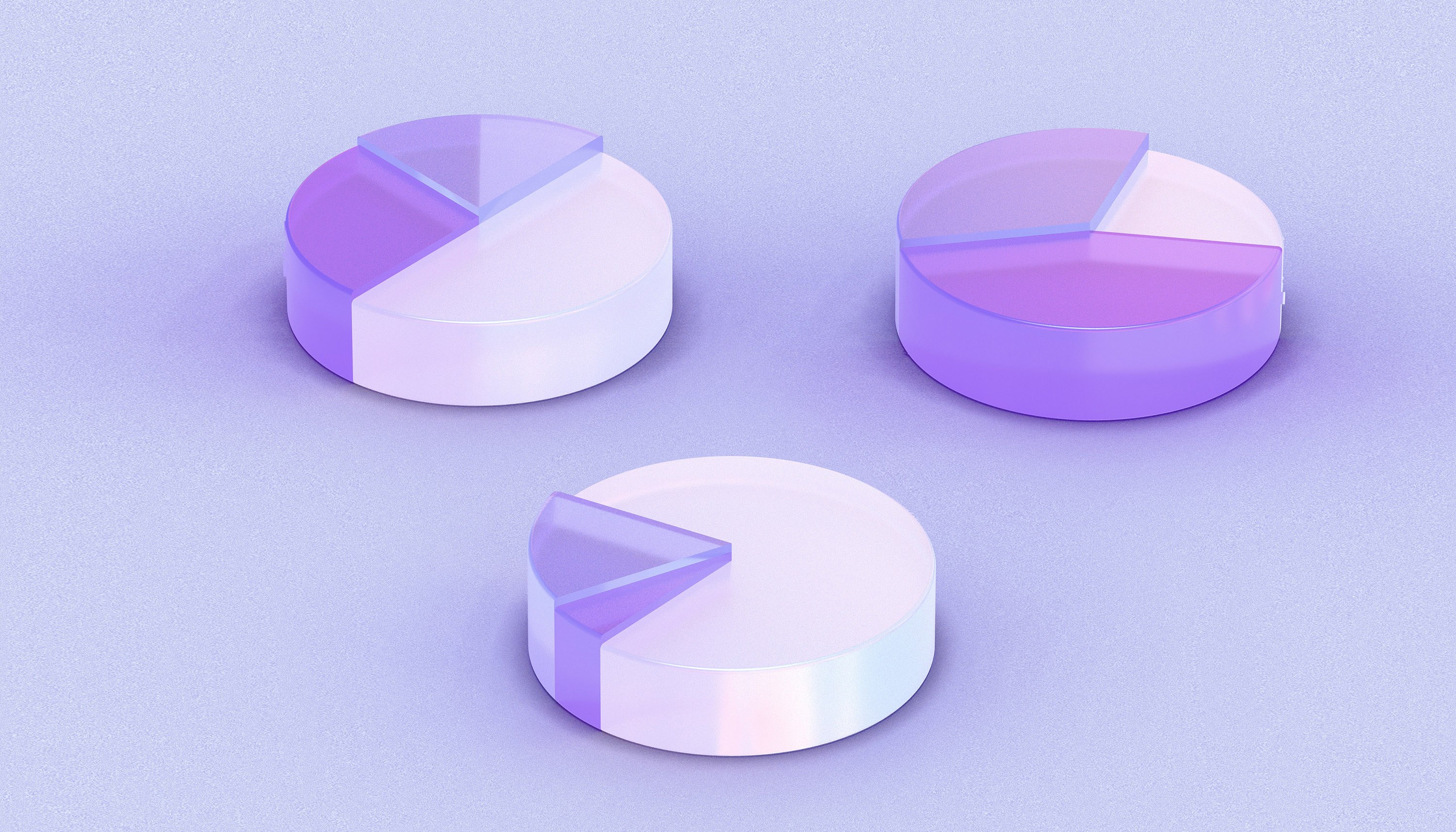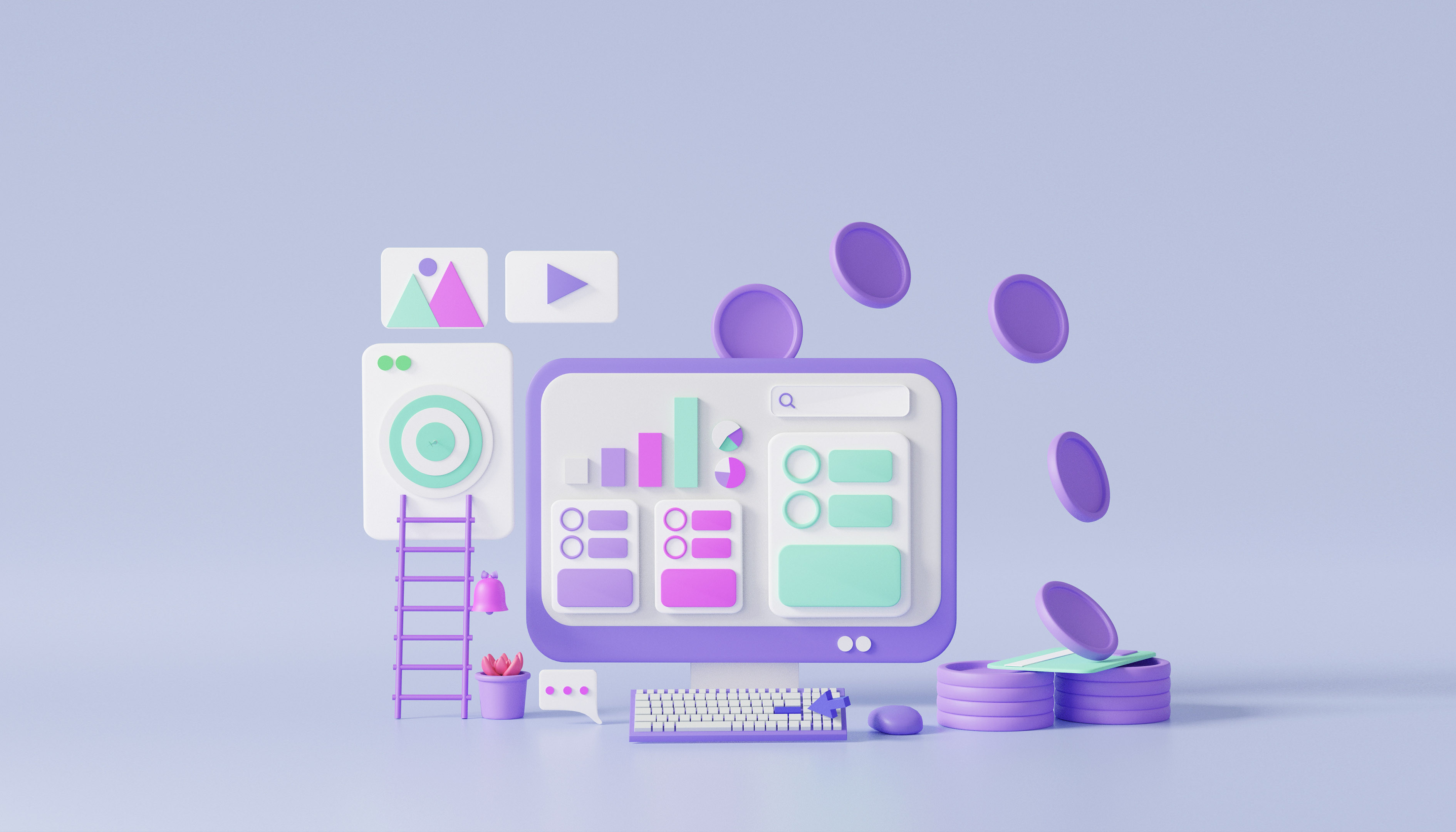Understanding Market Cap Companies
28 Feb 2022

Believe it or not, you can measure how much a company is worth.
When searching for a stock, you must have observed a lot of numbers indicating different matrices. Oftentimes, we look past them and just focus on the price.
If you dig a little deeper though, you’ll see one important number for evaluating companies (and actually even cryptocurrencies) -- market capitalisation or “market cap.”
All about market cap
Sure, you know you can evaluate a company by looking at its P/E or book value, among other metrics. Another measure you can add to the list is the market cap, which refers to the total market value of a company’s outstanding shares. It is a simple way of calculating the total worth of all the stocks a company has.
In a nutshell, market capitalisation is basically how much a company is worth, according to the stock market. As such, assessing a company’s market cap is also another strategy you can use in choosing the companies you want to invest in.
To calculate the market cap, just multiply the number of a company’s total shares by its current stock price. For example, if a company has 10,000 shares at $10 each, then its market cap would be $100,000.
Market cap companies

Companies have different market capitalisations. They’re grouped according to how big their market caps are. It’s important to sort these companies into groups, as each type will have a different impact on your stock portfolio.
Large-cap companies
Large-cap or big-cap companies have market caps of $10 billion or more.
As of date of writing, the most popular examples of large-cap companies include:
- Apple ($2.6 trillion)
- Microsoft ($2.2 trillion)
- Amazon ($1.6 trillion)
- Johnson & Johnson ($436 billion)
- JP Morgan ($436 billion)
These companies would also have more stable stock prices and valuations. However, because they have more or less reached the peak of their growth, it is difficult for their stock prices to increase dramatically.
So why invest in large-cap companies then? Since such companies are already established and have reached their growth potential, most of them would pay dividends to entice you to hold their stock. As its stock price is extremely stable, it becomes a type of passive income that pays you dividends without decreasing the worth of your investment.
Medium-cap companies
Medium-cap or mid-cap companies are those with market caps between $2 and $10 billion. The popular examples you sure know are the following (market capitalisation as of date of writing):
- Dunkin Donuts ($8.8 billion)
- SIA Engineering ($2.5 billion)
- Thompson Medical Group ($2.1 billion)
You’ll often hear that medium-cap companies are the best type to invest in. This is because these companies are in the midst of rapid growth, thereby, giving investors confidence to also make high returns. But with this also comes some risks. Since these companies are halfway to reaching their peak, there is a chance that the company can fail, resulting in a loss.
Small-cap companies
When we talk about small-cap companies, we are talking less than $2 billion. They can be your local clothing store or hardware store. Such companies include (market capitalisation as of date of writing):
- Koufu Group ($426 million)
- Q&M Dental Group ($507 million)
- Sunpower Group ($358 million)
- AEM Holdings ($1.3 billion)
This group is known as the “high-risk high reward” category. Such companies may have just started a few years ago and are still finding their way into the global stock exchange. These companies are so small, their revenue streams are barely enough to expand their company onto a global scale, and the stress of tax and strict regulations can affect the company.
However, if you are looking for growth, these companies might be ideal for you. Since they are still in their infancy, you can invest in them for a low cost and wait for the company to expand before selling off the stock for multiple times your profit.
Why market cap matters

So what’s the point in looking at a company’s market capitalisation? In a quick view, we want to find where a company is in its development process.
The developmental process of a company determines how much risk you're exposed to and how little or huge the returns could be. Once you understand the risk associated with different types of market cap companies, you can then better decide on which companies you want to buy.
Allow us to explain further.
Investing in large-cap companies (defined and explained in the subsequent sections) carries lesser risk. This is because they have huge cash reserves; hence, they can absorb losses more easily and recover faster than most small-cap companies.
Small-cap businesses, on the other hand, would only be able to develop faster during an economic boom where they are generating extra revenue to expand their operations.
However, this does not mean that every large-cap company will be able to recover well during a downturn or that every small-cap company will prosper during an economic boom.
Looking at a company’s market cap is also a way to estimate a company's stability. The larger the market cap, the more shares a company has on the stock market.
As such, large-cap companies are often regarded as “less vulnerable” to the market’s ups and downs as compared to mid-cap companies, while mid-cap companies are less vulnerable to volatility than small-cap organisations.
But the market cap has limitations

This is one thing we should always remember: because stock prices are controlled by investors and market cap is highly dependent on the share price, market capitalisation is only a company's perceived value. It is NOT ALWAYS the true worth of a company.
Some of the perceived worth may come from the release of a new product or expectations of future growth. However, when expectations are not achieved, the company's share price will likely fall, decreasing its market cap.
Therefore, it is better to use a variety of other tools/metrics besides market capitalisation before making any investment decision.
What you can do next
Now that you know the advantages and disadvantages of buying large-, medium-, and small-cap companies, it’s time to start balancing your portfolio.
Balancing your portfolio is almost the same as eating. Eating a balanced meal requires different types of food. No one person can be healthy just by eating a single type of food. Before you lean significantly on one type of market cap company or the other, make sure you have the proper percentage of both.
However, it is also important to build your portfolio according to your goals. If you are the type that is not afraid of risking it all for overnight success, then your portfolio would mainly consist of medium- and small-cap companies.
On the other hand, if you are more conservative and prefer slow and steady gains, you would have the majority of your portfolio to be large-cap companies with a few exceptions of medium-cap ones.
To learn more ways that you can effectively evaluate a company, visit our free masterclass to learn more.
DISCLAIMER
This article and its contents are provided for information purposes only and do not constitute a recommendation to purchase or sell securities of any of the companies or investments herein described. It is not intended to amount to financial advice on which you should rely.
No representations, warranties, or guarantees, whether expressed or implied, made to the contents in the article is accurate, complete, or up-to-date. Past performance is not indicative nor a guarantee of future returns.
We, 8VI Global Pte Ltd, disclaim any responsibility for any liability, loss, or risk or otherwise, which is incurred as a consequence, directly or indirectly, from the use and application of any of the contents of the article.
